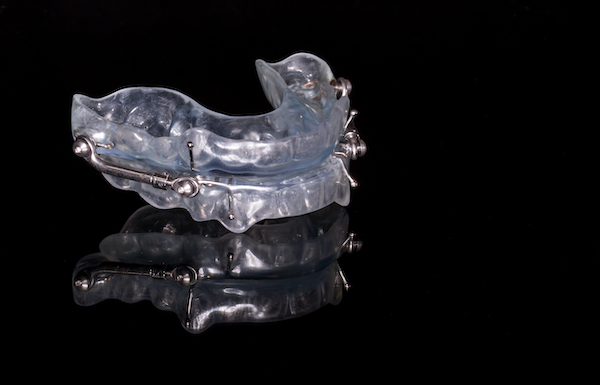What We Do
A "filling" is a general term to describe the process of restoring a tooth to its natural form and function. The traditional filling referred to silver amalgam, which contains mercury. We currently avoid the use of "mercury fillings" by using a composite resin material, which is a contemporary restorative material, or dental inlays. Some teeth require more extensive rehabilitation with dental onlays, esthetic veneers, and partial or full crowns. We replace missing teeth with fixed bridges, crowns on dental implants, or removable partial dentures.
Teeth Whitening

Dental Onlay
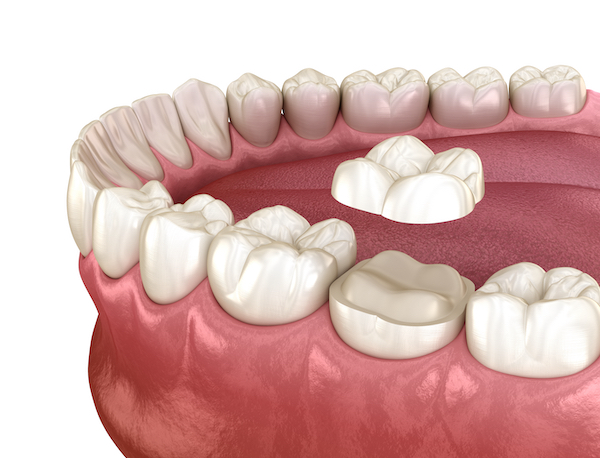
Temporary Removable Partial Denture

Fixed Bridge

Implant Retained Removable Dentures

Temporomandibular disorder (TMD) appliance
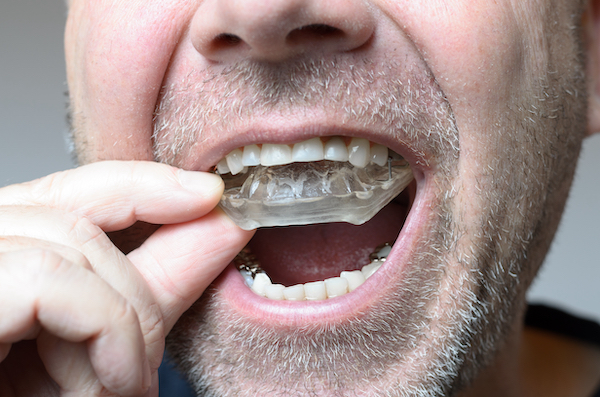
Composite restoration

Esthetic Veneers
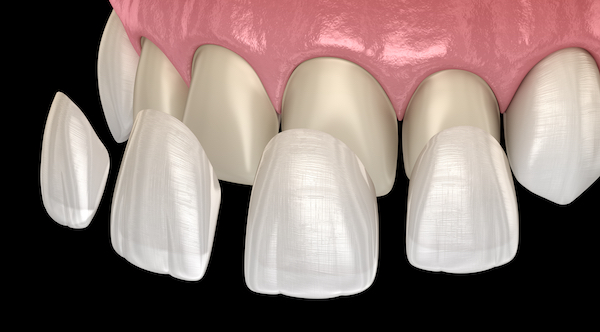
Implant-supported Crown

Implant-supported Bridge
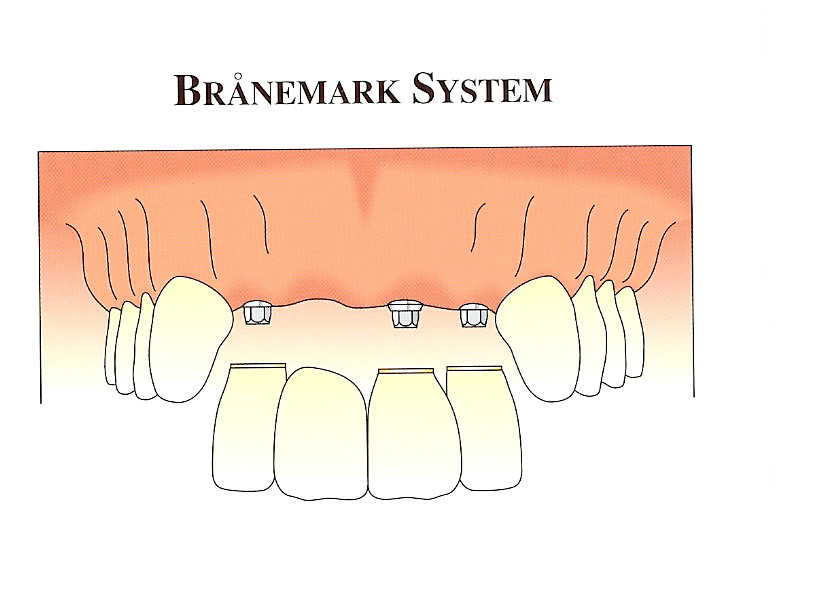
Implant-retained Fixed Denture

Dental inlay
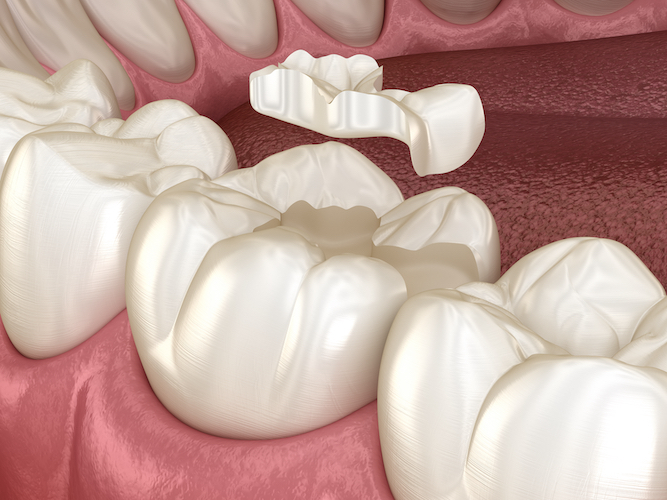
Single Crown
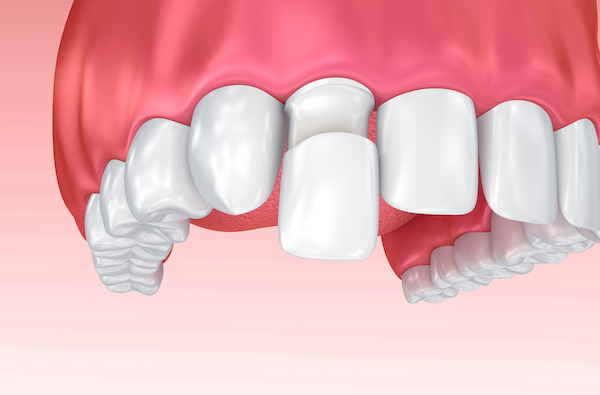
Removable partial denture

Removable Full Denture
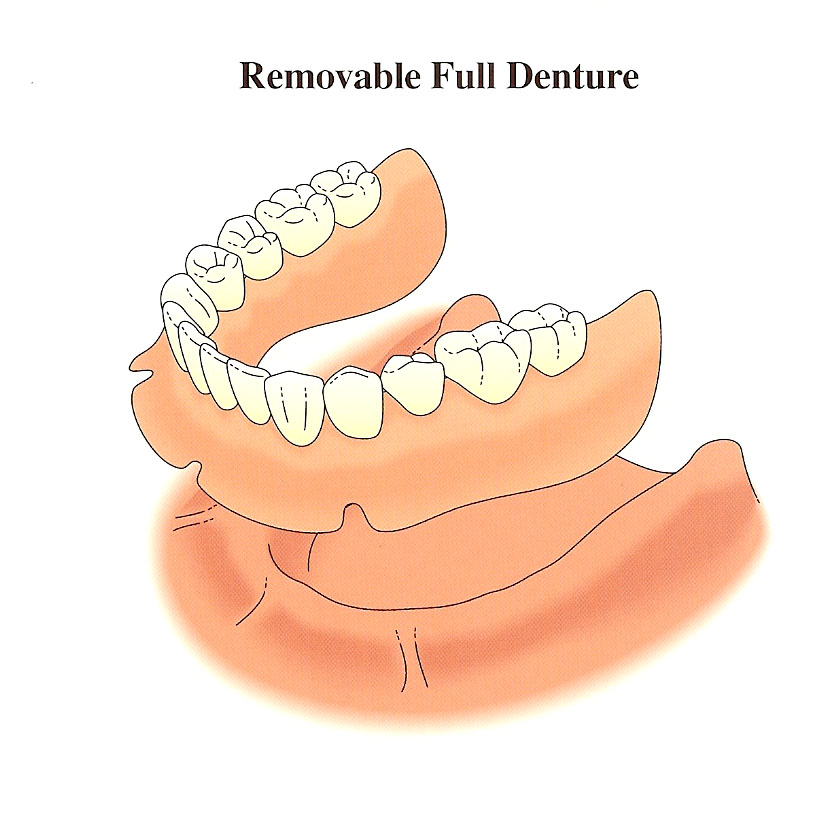
Night Guard Appliance
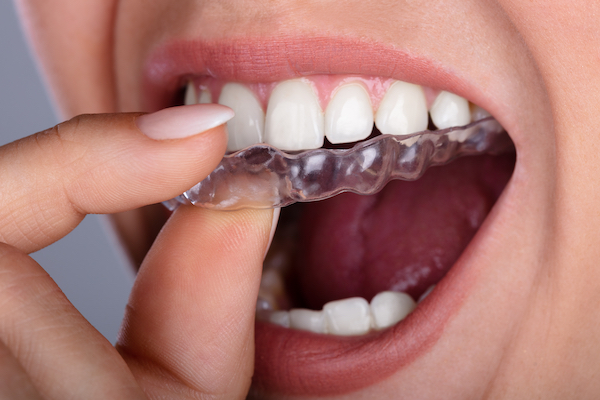
Sleep / Snoring appliance
